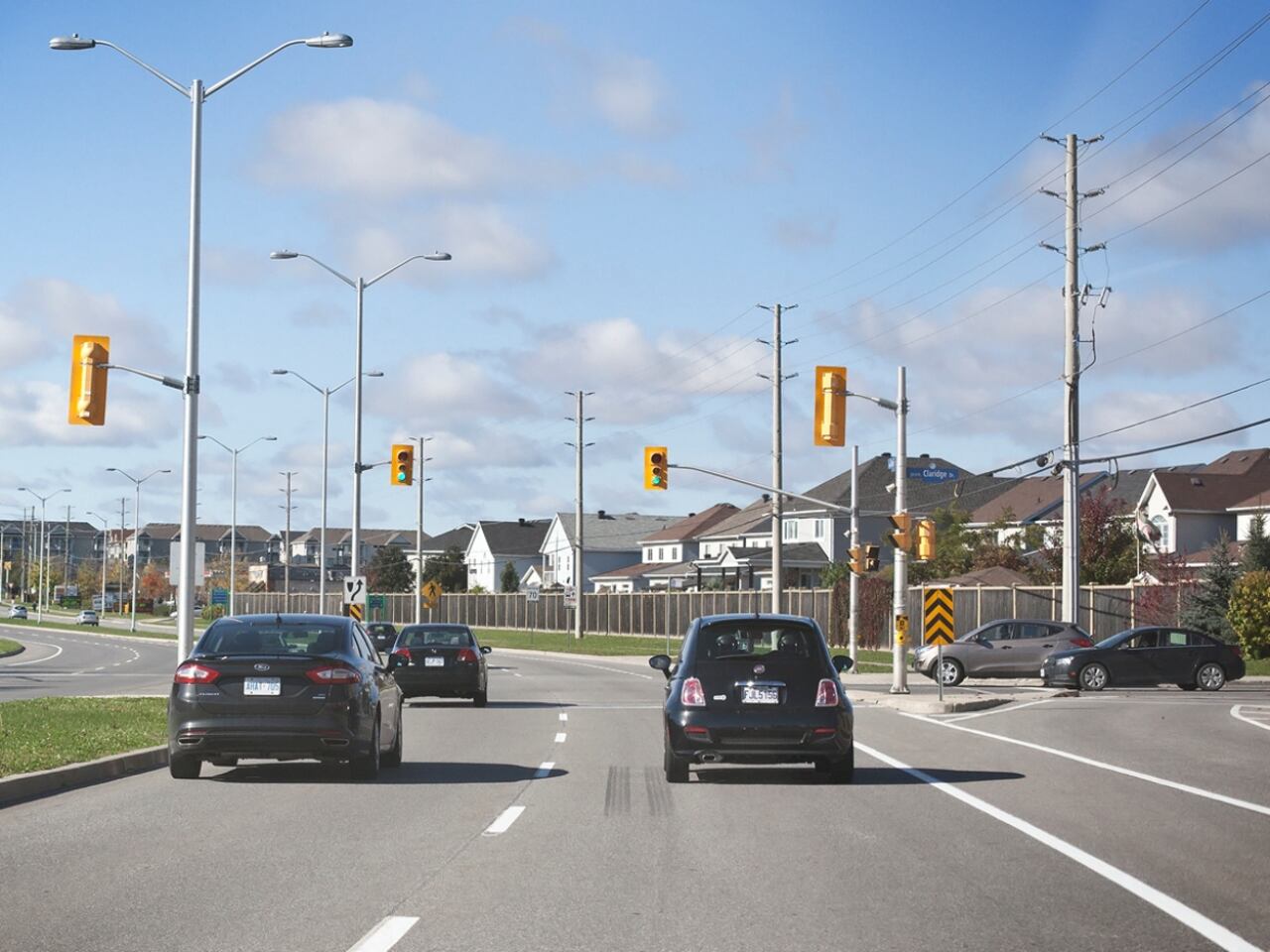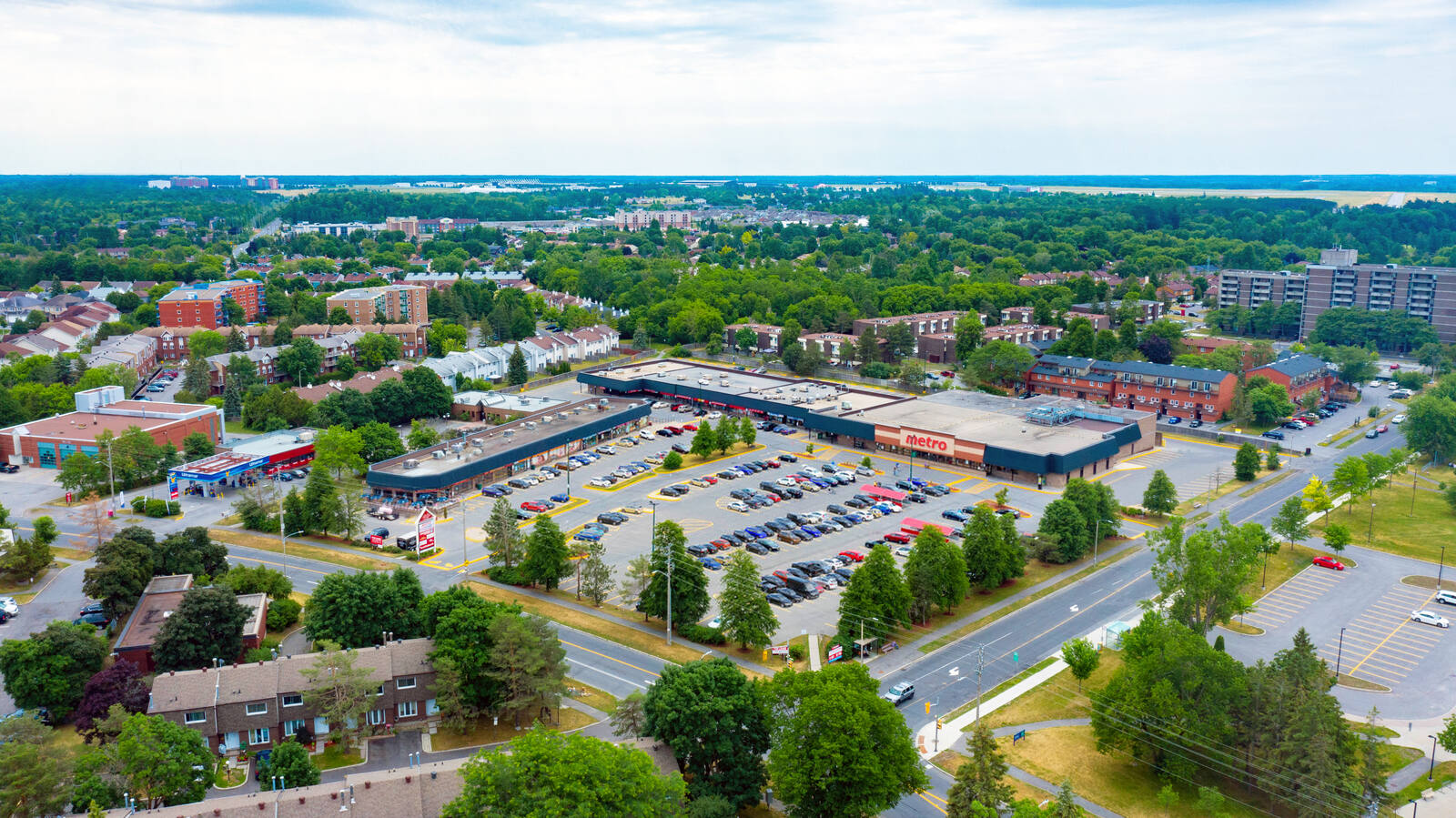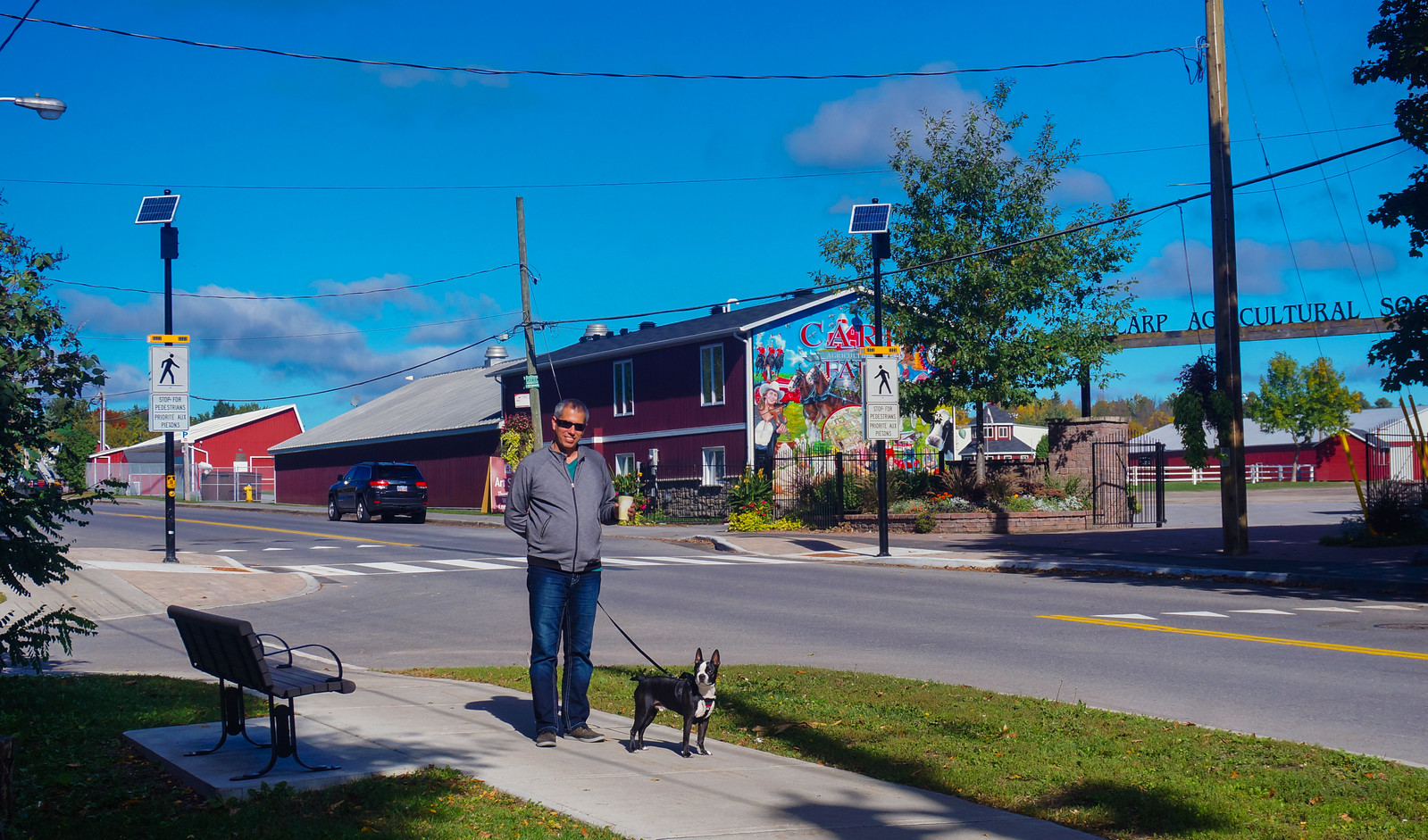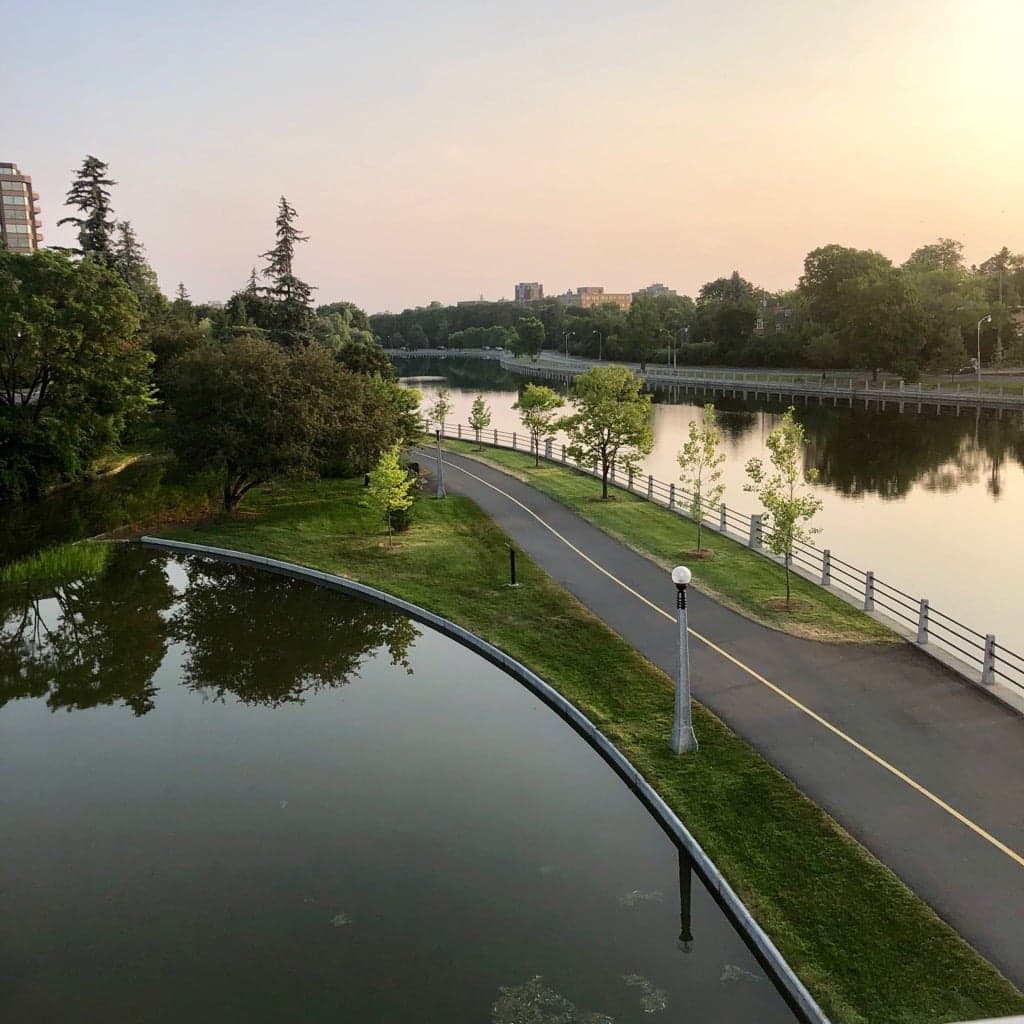Introduction: The Perfect Blend of Country Calm and City Convenience
Tucked quietly southeast of Ottawa’s core, Vars is one of those rare communities that still feels like a small village — yet offers easy access to big-city life. With affordable home prices, large lots, and a welcoming rural charm, Vars is quickly emerging as Ottawa’s next commuter-friendly hotspot.
For homebuyers seeking space, peace, and practicality, this tight-knit community provides the best of both worlds: country living with highway access that keeps the city just minutes away.
Where Is Vars? A Strategic Location East of Ottawa
Located within the Cumberland Ward, Vars sits just 25 minutes from downtown Ottawa and 10 minutes from Orleans, making it an ideal location for professionals who work in the city but crave quieter surroundings.
Its proximity to Highway 417 makes commuting effortless — whether you’re heading to Kanata, downtown, or even Montreal. The community also benefits from nearby access to public transit links, including OC Transpo park-and-ride options in nearby Navan and Blair.
Vars’ location gives residents the freedom to live affordably and comfortably, without sacrificing convenience.
A Snapshot of Life in Vars
Vars is a rural village with an old-fashioned sense of community — think friendly neighbors, local gatherings, and scenic drives framed by fields and forests.
Life here moves at a slower pace, but residents still enjoy modern comforts like high-speed internet, local shops, and easy access to larger centers for major errands.
Key Highlights of Vars Life:
Spacious detached homes and lots perfect for families.
Peaceful rural atmosphere with low traffic and noise.
Local community center and sports fields for events.
Quick access to Orleans, Navan, and Embrun amenities.
Excellent highway and commuter links for city professionals.
It’s the kind of place where you can hear the birds in the morning — yet still make it to your office downtown in under half an hour.
Housing in Vars: Big Value for Your Money
In a market where affordability is tightening, Vars stands out as a hidden gem for buyers seeking space without breaking the bank.
The area features a mix of:
Older single-family homes on large, tree-lined lots.
Custom builds and new infill developments offering modern layouts.
Acreage properties with room for gardens, workshops, or small hobby farms.
Home prices here are often 20–30% lower than comparable suburban homes in Barrhaven or Orleans — a major draw for first-time buyers, tradespeople, and families looking to stretch their dollar further.
As surrounding communities grow, Vars’ land and property values are gradually rising, making it a smart long-term investment as well.
Schools and Family Appeal
Families are increasingly drawn to Vars for its safe environment and community-oriented lifestyle. The area is served by:
Metcalfe Public School and Castor Valley Elementary (Ottawa-Carleton District School Board).
St. Mary’s School in nearby Navan (Ottawa Catholic School Board).
For older students, nearby Russell and Orleans offer both English and French high school options.
Local recreation includes the Vars Community Centre, outdoor rink, ball fields, and several nearby trails for walking, biking, and snowmobiling.
Commute and Connectivity: Where Vars Shines
What really sets Vars apart is its unmatched commuter convenience for a rural community.
With direct access to Highway 417, residents can easily reach:
Downtown Ottawa – 25–30 minutes
Kanata tech hub – 40 minutes
Ottawa International Airport – 25 minutes
Embrun and Russell – 10 minutes
For those working remotely, high-speed internet coverage has improved dramatically, making Vars a favorite among hybrid and home-based professionals.
Whether you drive daily or work from home, Vars delivers balance — close enough for work, far enough for peace.
Community Spirit and Lifestyle
Vars is more than just a place to live — it’s a community that still feels connected.
From seasonal fairs and local fundraisers to farm stands and neighborhood get-togethers, the village maintains an authentic small-town warmth.
Local amenities include:
Vars Community Centre – home to local sports leagues and events.
Community parks and trails – ideal for dog walks or evening strolls.
Nearby shopping in Orleans, Embrun, and Navan.
It’s a place where kids play freely, neighbors wave, and life slows down just enough to breathe.
The Future of Vars: Growth on the Horizon
While Vars has long flown under the radar, development pressures from Orleans and south Ottawa are slowly reaching this area.
With Ottawa’s population growing rapidly, planners are eyeing rural villages with infrastructure access as logical next steps for expansion.
Vars’ location along the 417 corridor and near future LRT expansion routes makes it well-positioned for future investment. Expect to see new custom builds, infrastructure upgrades, and a gradual increase in local services in the coming years.
Now may be the ideal time to buy before Vars becomes the next hot commuter suburb.
Who Is Moving to Vars?
Vars attracts a unique blend of homeowners:
It’s truly a multi-generational village, with something for everyone.
Conclusion: Vars Is Ottawa’s Rural Gem with a City Connection
In a city where suburban prices continue to climb, Vars stands out as a community that offers genuine value — large properties, peaceful living, and an easy commute.
Whether you’re raising a family, retiring, or simply craving space and calm, Vars delivers the perfect balance between rural charm and urban reach.
As Ottawa expands, this once-sleepy village is quietly becoming one of the region’s smartest places to buy in 2025 — a community where you can live affordably, commute easily, and thrive peacefully.













